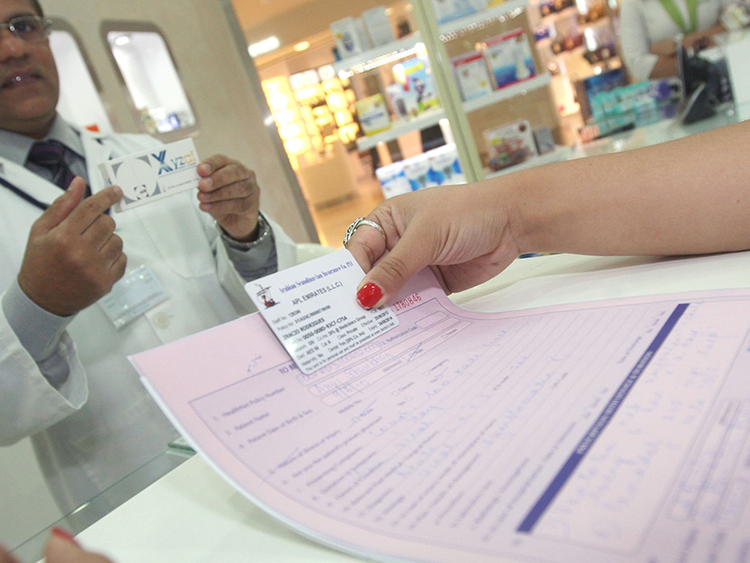Dubai: The introduction of compulsory health insurance in Dubai and Abu Dhabi has come as a great relief to UAE insurers last year as the impact of the economic slowdown was somewhat cushioned by a surge in premiums, according to analysts.
The industry expects the remaining five UAE emirates to adopt compulsory health insurance in the near future, leading to further premium growth.
Gross written premiums for the UAE’s 61 insurers are estimated to have risen by about 19 per cent to $12 billion (Dh44 billion) in 2016, helped by the implementation of compulsory health insurance in Dubai, but the market remains fragmented.
“The introduction in 2017 of UAE’s Unified Motor Policy, which provides a standardised coverage for policyholders, looks set to increase motor insurance premium rates. This will provide a further boost to premiums and consequently profits,” said Mohammed Ali Londe, Assistant Vice President — Analyst at Moody’s.
During the first six months of 2016, UAE insurers reported aggregate profits both on an underwriting basis and a net income basis, after aggregate losses in 2015, indicating a recovery is under way despite sizeable economic pressures and growth in the GCC following a prolonged slump in oil prices. On aggregate, the listed insurers in the UAE market registered significant improvements in their net profits for first-half 2016 at Dh573 million ($156 million) compared with net profit of Dh263 million in first-half 2015, marking 118 per cent growth overall.
Major boom
Return on average shareholder’s equity improved to 3.5 per cent in first-half 2016 from 1.6 per cent in first-half 2015. The first-half 2016 profits, if sustainable for the rest of the year, would mark a significant recovery from the overall market net loss of Dh123 million for 2015.
In aggregate, the UAE health insurance sector has seen a major boom since 2013, with medical premium growth averaging 30 per cent over this period.
Considering that more than 90 per cent of medical premiums in UAE are generated within the emirates of Abu Dhabi and Dubai combined, and both emirates have now completed their medical insurance projects, analyst expect it will become increasingly difficult for insurers to continue this pace of premium growth, unless they find innovative ideas to diversify into newer business lines.
There are currently 60 insurance companies in the UAE, out of which 29 are listed on one of the two stock exchanges (ADX and DFM). Listed insurers control almost half of the total UAE market premiums.
Listed UAE insurers posted growth of 9 per cent in gross premiums for first-half 2016, similar to the 8 per cent growth seen in first-half 2015. Within the industry, conventional insurers registered a 10 per cent increase in premiums in first-half 2016, compared with 5 per cent for the first half of 2015. Growth was more heavily weighted toward the larger players, although the majority of insurers registered some growth.
The takaful (Islamic insurance) sector faced a slower pace of growth, at 4 per cent, compared with 30 per cent for the first half of 2015, owing to the dip in premium income in 2016 for four out of eight takaful insurers.













